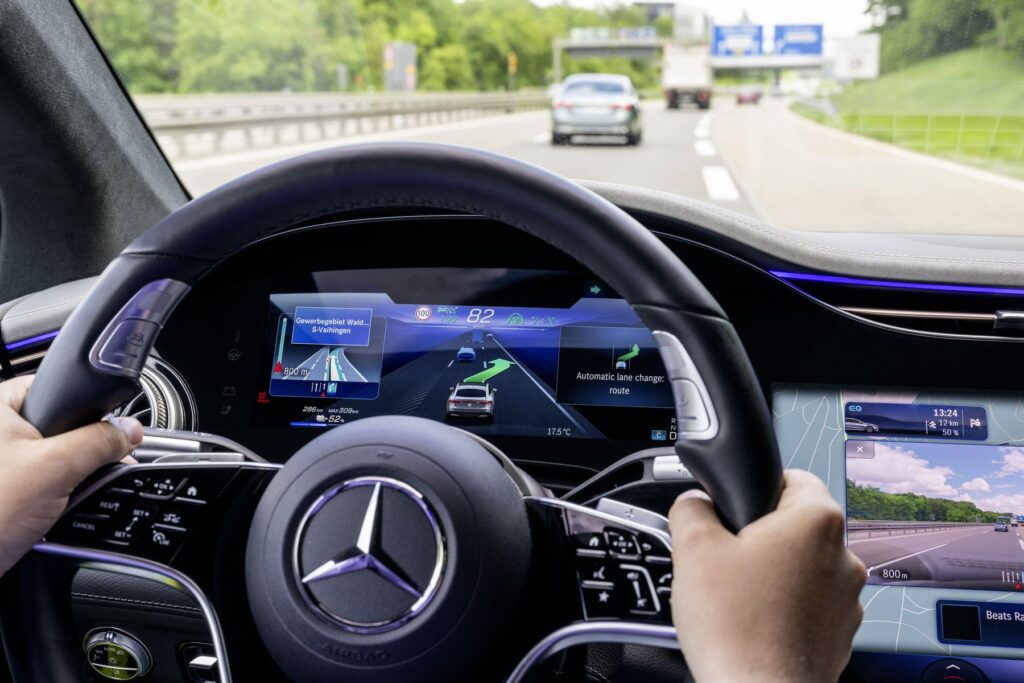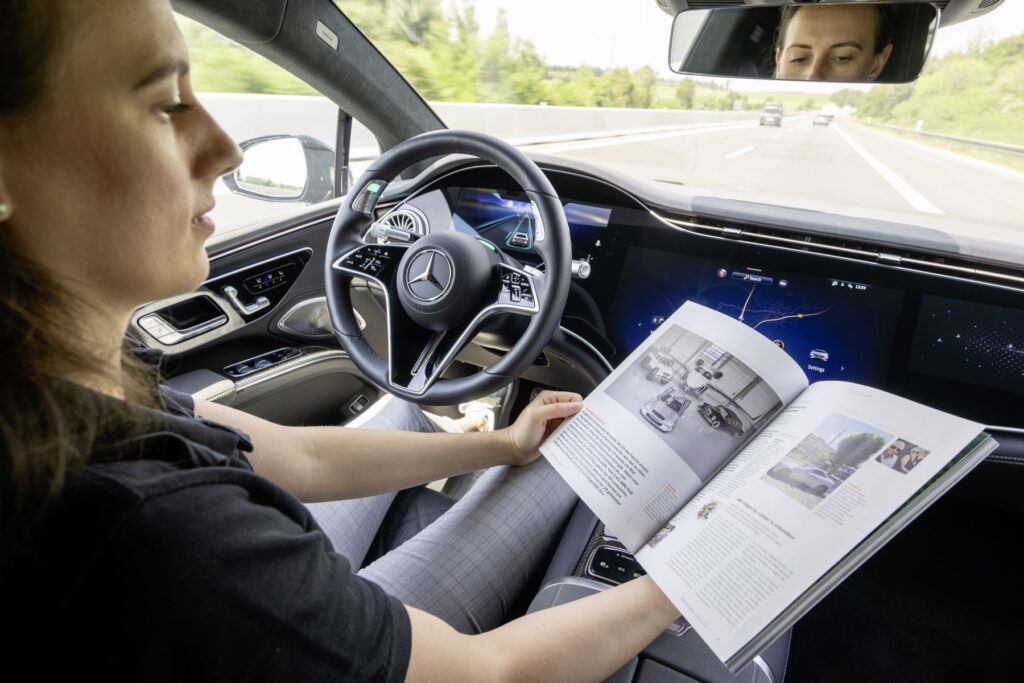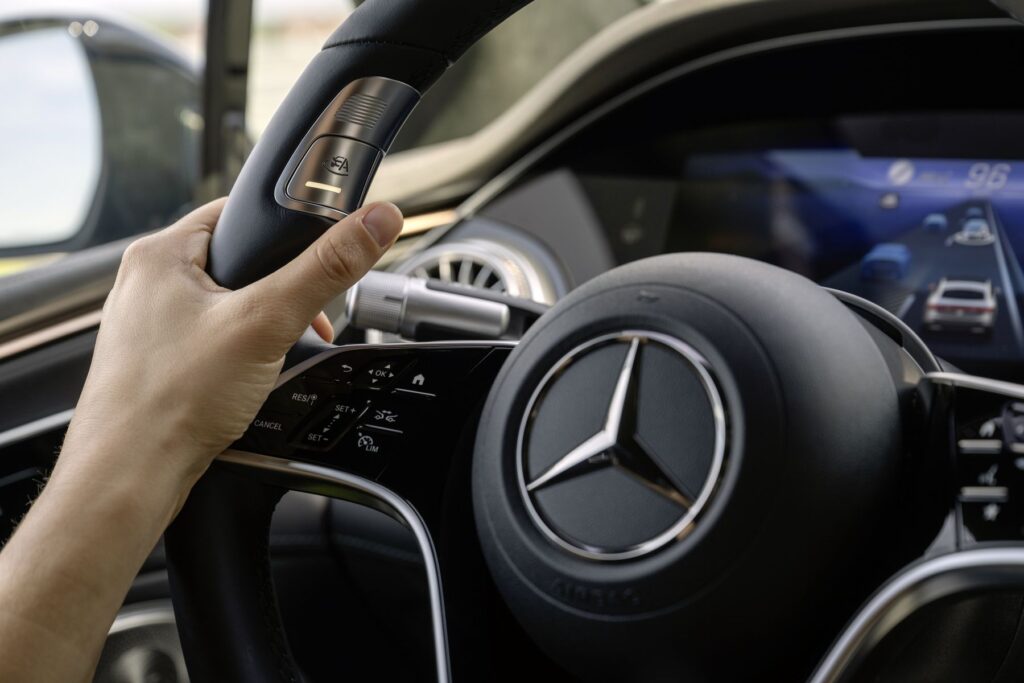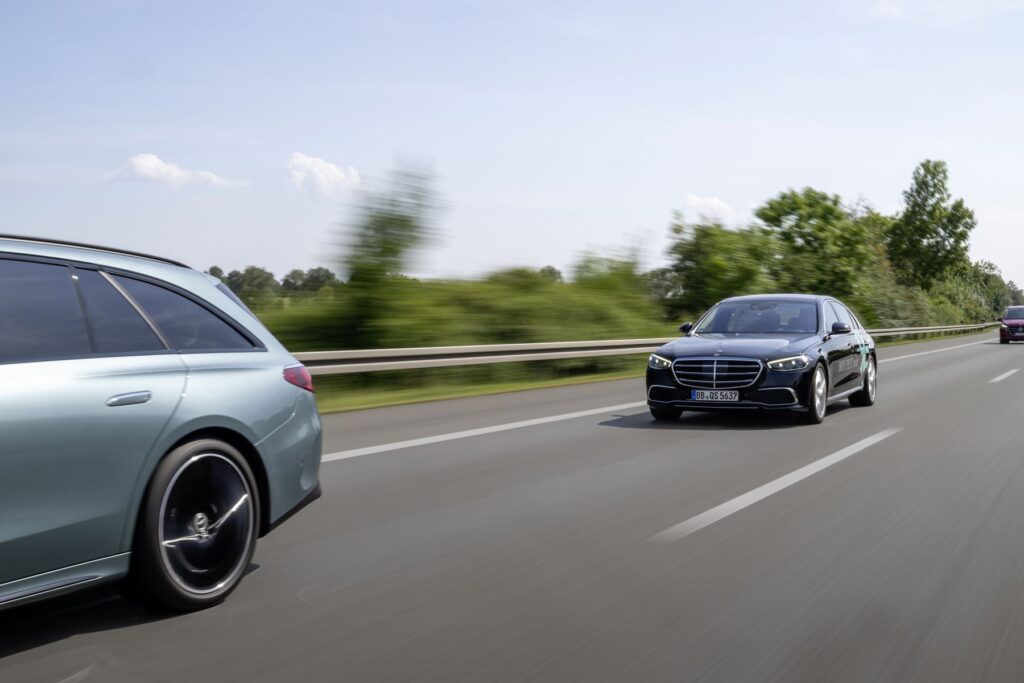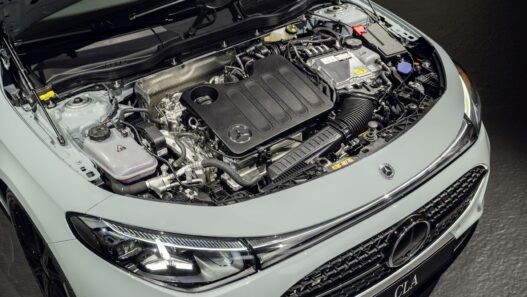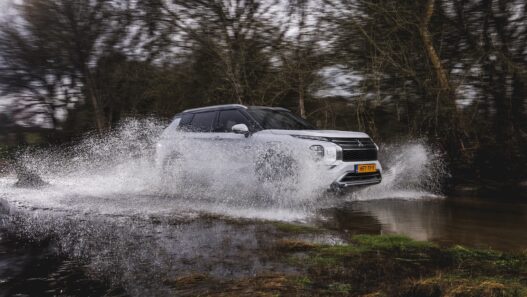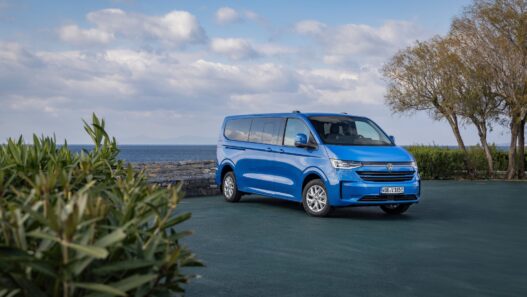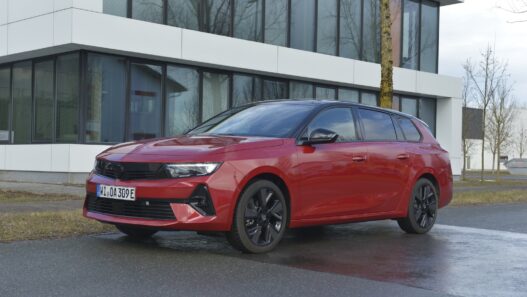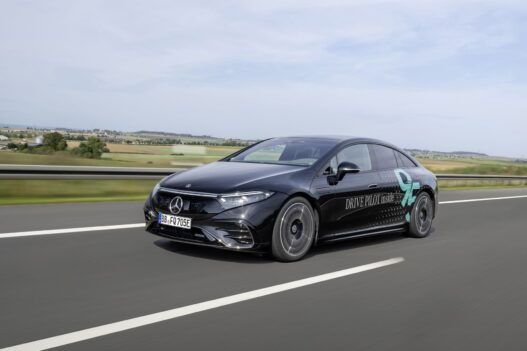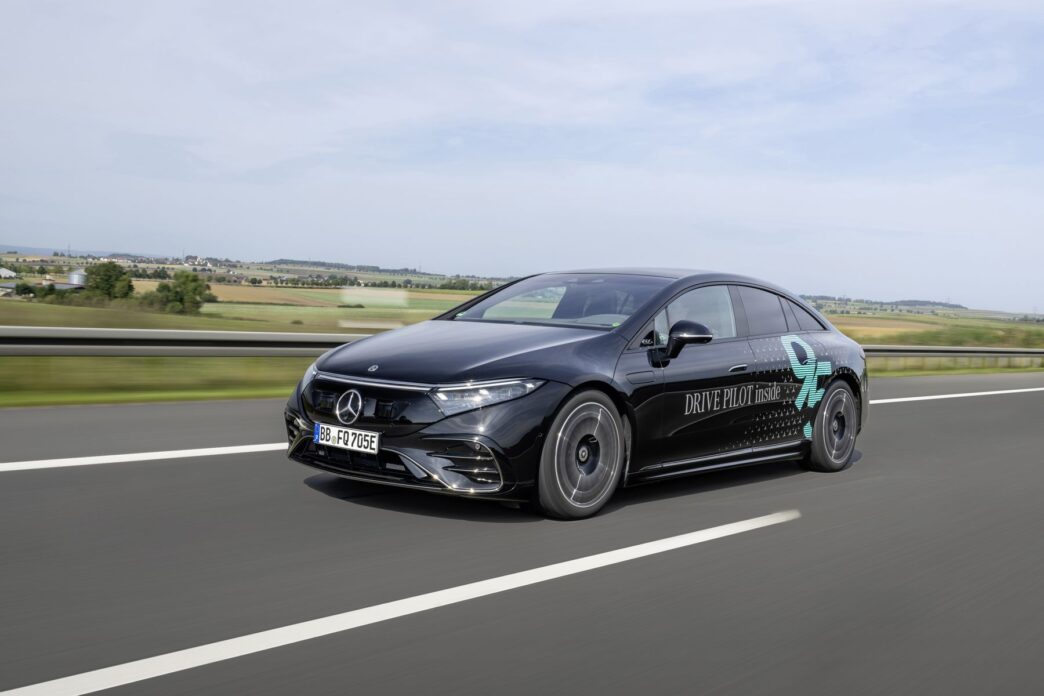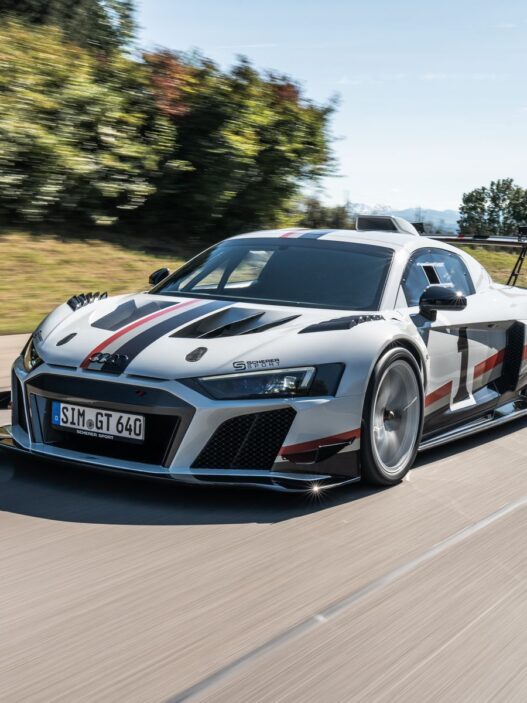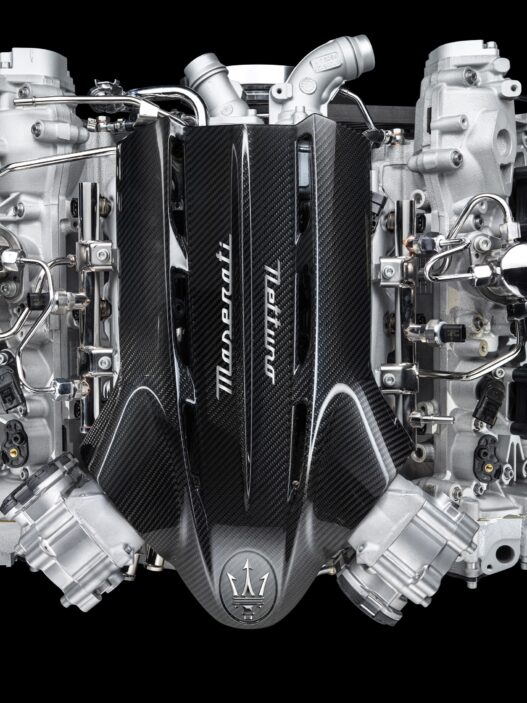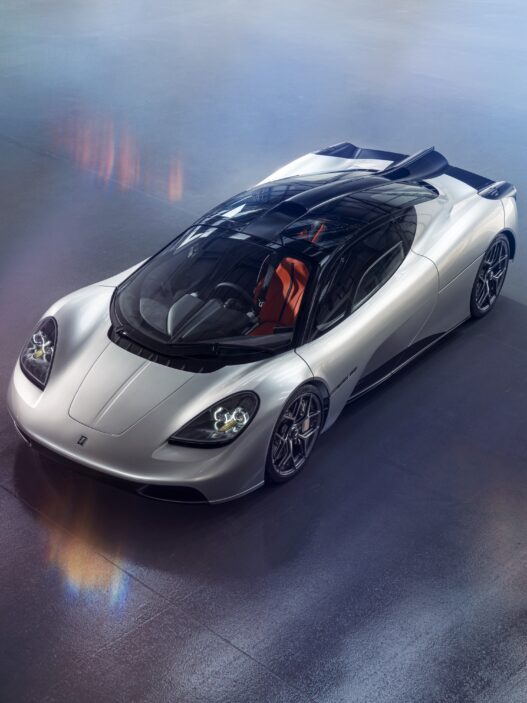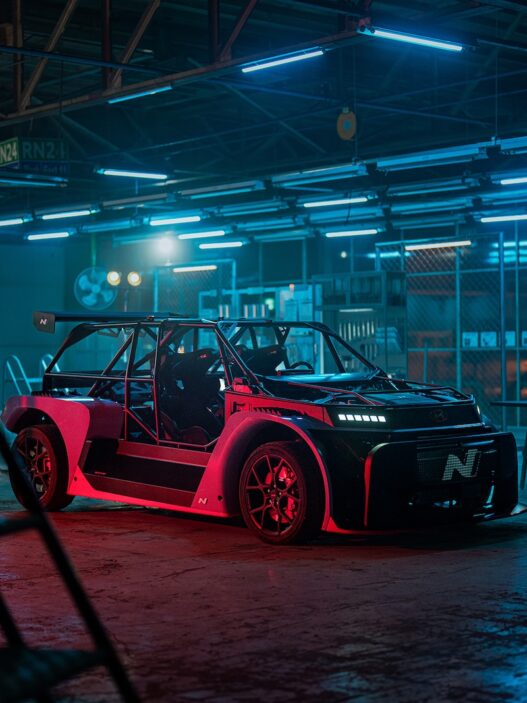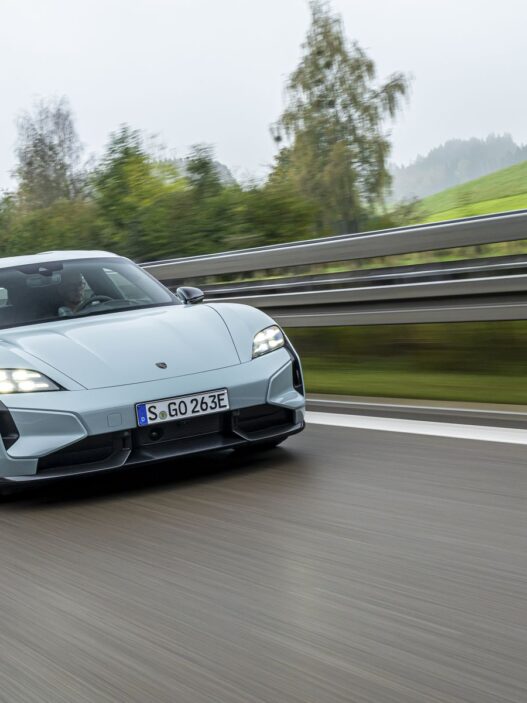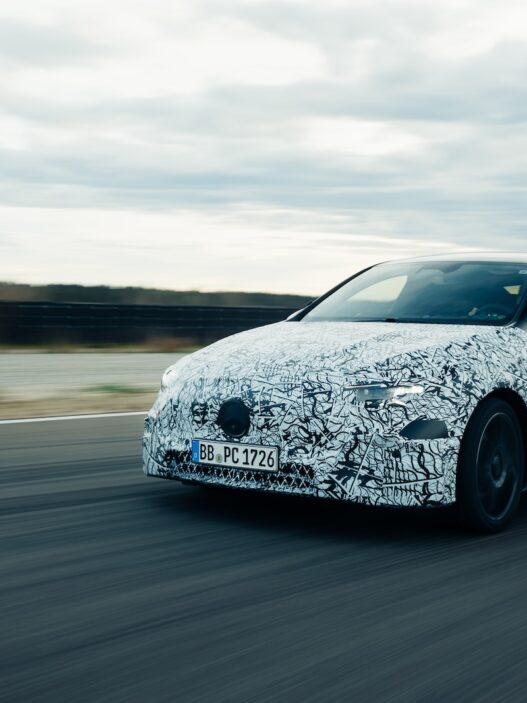Mercedes is upgrading its autopilot system. Starting next year, both the EQS and S-Class will be able to drive autonomously at speeds of up to 95 km/h. While this may not seem like a huge leap from the current 60 km/h limit, it’s a noticeable improvement in everyday driving. However, there are still some limitations.
Cruising at 90 km/h with Spiderman
Spiderman is in full swing, battling his arch-nemesis Mysterio. We’re enjoying the surround sound, the sharp visuals, and even the popcorn – though it’s a bit too sweet. It’s Spider-Man: Far From Home. Nothing new, a Marvel movie we’ve seen before. The twist? We’re watching this while sitting behind the wheel of a Mercedes EQS, cruising at 90 km/h on the autobahn. Or at least, we should be driving. But in reality, the Mercedes Drive Pilot 95 is in control.

As the name suggests, the EQS and S-Class can now drive at up to 95 km/h in Level 3 autonomous mode, up from the previous 60 km/h limit. This might not sound like a big deal, but it makes a world of difference. The car can now handle longer stretches of highway driving without requiring the driver’s constant attention. For those unfamiliar, Level 3 autonomous driving allows the car to take control on suitable roads for a limited time.
Level 4 Still a Distant Goal
Autonomous driving is far more complicated than many had anticipated. Automakers once hoped to reach Level 4 autonomy (where the car can drive itself without any human involvement in certain conditions) by 2021, but that dream quickly faded. Mercedes is now aiming for Level 3 at speeds of 130 km/h by the end of the decade – a more realistic goal.
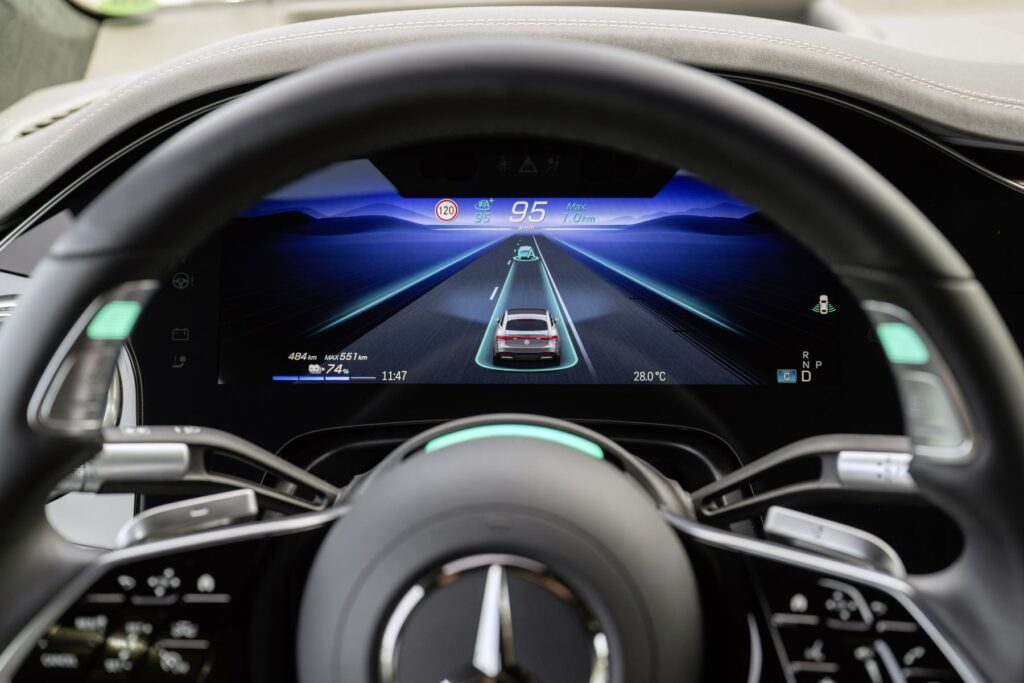
After all, no one wants to imagine the fallout if a German-made autonomous car causes an accident. In the U.S., such incidents have already happened. The challenge lies in the complexity of the technology, particularly the software. The car needs to make split-second decisions just like a human.
Safety First: No Cutting Corners
It’s clear that humans can’t be beta testers for autonomous driving, neither inside nor outside the vehicle. This is why it’s impossible to jump straight to Level 4 autonomy. Even Elon Musk had to admit that LiDAR sensors – while expensive – are necessary. These sensors offer precise 3D mapping of the surroundings and long-range detection.
“Every sensor has its strengths and weaknesses.“
Taner Kandemir, Mercedes-Benz Head of Autonomous Driving.
That’s why robust radar sensors, which work in fog and dirt, are just as crucial as the satellite-connected antenna that helps pinpoint the car’s position with centimeter accuracy. The Drive Pilot is built on vehicles equipped with over 40 assistance systems that already perform Level 2+ autonomous maneuvers, like automatic lane changes – though in Level 3, the driver must keep their hands on the wheel. Starting next year, new S-Class and EQS models will come equipped with Drive Pilot 95, and existing Drive Pilot 60 cars will get a free update.
Autonomous Driving: Still Some Limits
This upgrade allows the cars to drive autonomously on highways without human input, but there are still strict limitations. For now, safety takes precedence. The Drive Pilot is limited to the right lane on roads with divided traffic, meaning it sticks to the slower lane on highways. Essentially, it’s an evolution of the current traffic jam assist. We followed a truck in our EQS to make things easier for the system, with the adaptive cruise control and Level 2+ autonomous functions activated. According to Mercedes, the system works without these preconditions and can automatically reduce speed to 95 km/h when activated.
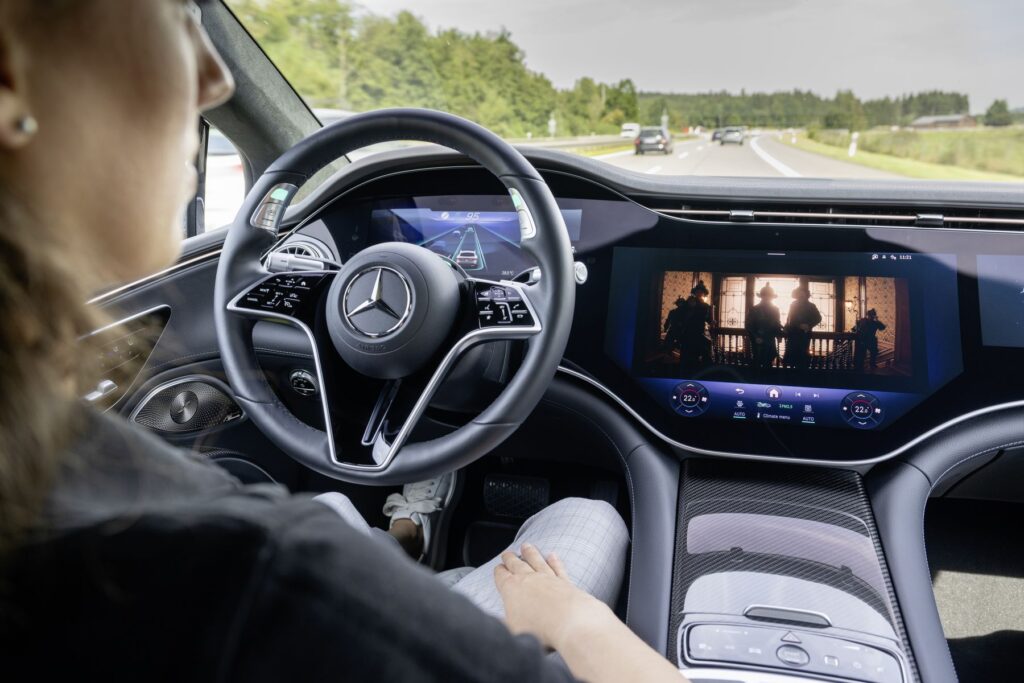
Handing over control is simple: the car signals its readiness with pulsating white LEDs on the steering wheel. A quick press of the buttons, and we take our hands off the wheel, sit back with our popcorn, and continue watching Spiderman. On a sunny day with ideal conditions, the system performs flawlessly, even when other cars cut in. As long as lane markings are clear and conditions are favorable, it works well. However, in city areas like Berlin, the system often disengages quickly, especially at construction zones or when the right lane turns into an exit lane, requiring the driver to retake control.
Complex Situations Still Require Human Intervention
The system also disengages when emergency vehicles approach from behind – a deliberate choice by Mercedes, as humans are still better at making these decisions. This highlights how far autonomous driving still has to go before we reach the level of true robo-taxis. It can also be frustrating when the system disengages at inopportune moments, like when Spiderman is about to defeat the villain.
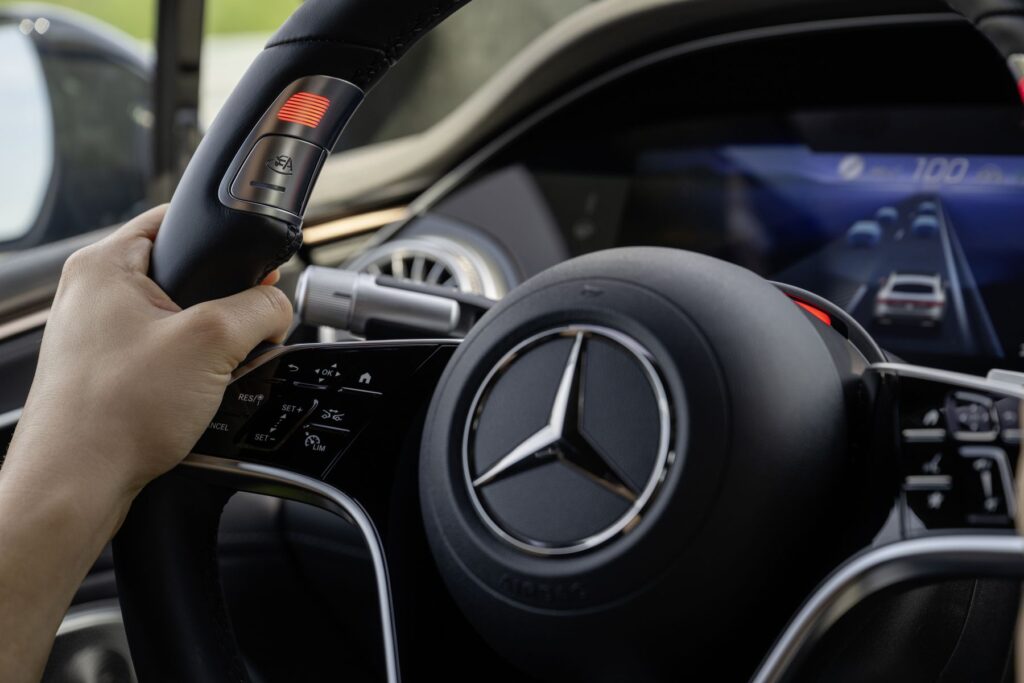
Even when passing emergency vehicles on the opposite side of the road, the car may ask the driver to take over. However, when it comes to forming an emergency lane, the Mercedes is ready to step in again. If the driver fails to respond to repeated prompts to take back control, the car will pull over to the shoulder after a series of warnings, including seatbelt tugs, which is a significant improvement over the previous system that simply stopped the car.
The Future of Autonomous Driving
Mercedes is proud of its progress and has already presented the system to the German Federal Motor Transport Authority. “Right now, we have the fastest car,” says Taner Kandemir with a smile. Tesla is expected to showcase its own robotaxi on October 10, likely with much fanfare, which would be typical of Elon Musk. But the reality is that Mercedes is already delivering – and on German autobahns, no less.

